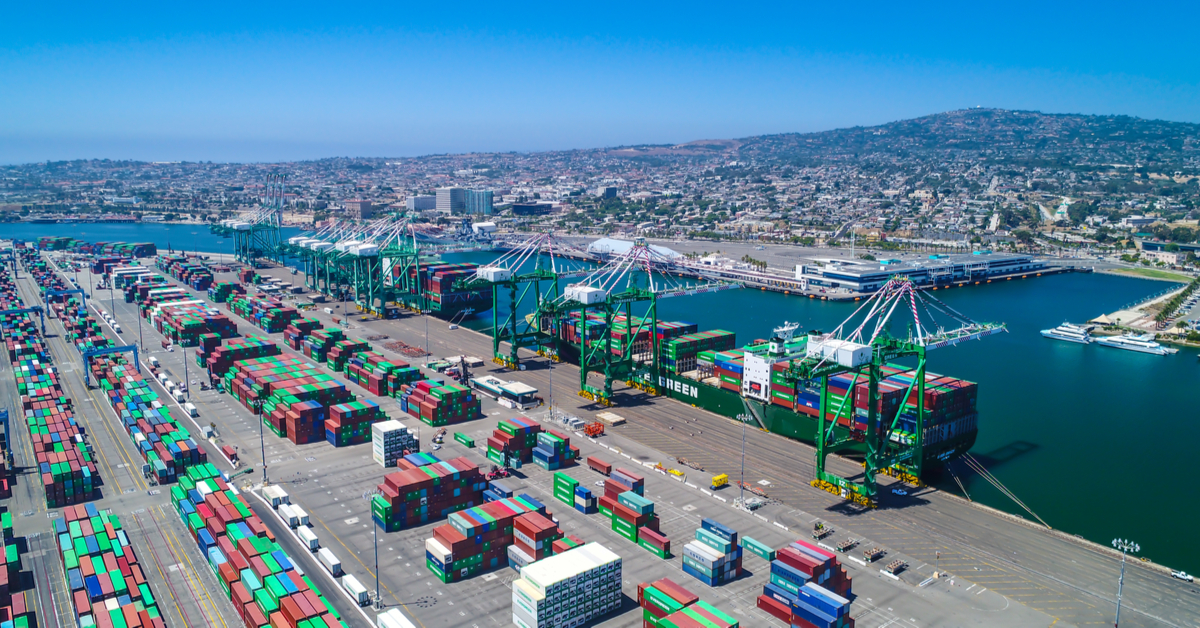The industrial sector has been a “safe haven” asset class within commercial real estate for a while, but cracks within demand for the sector finally began to spider into more widespread concerns in 2023.
Kneecapped by a maelstrom of economic and supply-chain woes — a downshift in imports, cooling reliance on e-commerce, surplus inventories, recession fears, high interest rates, and lagging sales of furniture and appliances — net absorption plunged to 164.8 million square feet in 2023. That’s a steep 61% fall from 422.7 million square feet in 2022 and a 69% decrease from the all-time high of 524.7 square feet one year prior, according to Lee & Associates. Moreover, 2023’s total absorption was 32% less than the average absorption during the five years prior to the COVID-19 pandemic.
The demand downshift is geographically broad, but some areas have been hit harder than others, especially in the West. Los Angeles, Seattle, and California’s Inland Empire all saw disproportionately large upticks in available space. Part of the vacancy swell is related to recent cargo patterns; the import slowdown that has persisted since November 2022 has been felt most acutely at ports on the West Coast, which only recently saw a major labor dispute between dockworkers and employers get resolved with a new contract.
Another factor in the cooling of demand is the ongoing influx of new space nationwide. A record 528.7 million square feet were added last year, a swell of deliveries that’s expected to bump the vacancy rate even higher through the first half of 2024, per Lee & Associates. New space has already raised the industrial vacancy rate from an all-time low of 3.9% in mid-2022 to 5.9% to close 2023. And more is on the way, with some 451 million square feet under construction in 87 markets analyzed by Lee & Associates. Most of that space remains unleased.
There are, however, indicators that suggest that tenant demand is set to stabilize, Lee & Associates reported. For one thing, with the pipeline so active, construction starts have dropped to their lowest level in a decade. For another, even with all the new space and the climbing vacancy rate, vacancy is still well below the 20-year average vacancy rate of 7.3%.
And some markets remain in the midst of shortages of distribution space even as demand sputters on a national basis. Even with construction pipelines busy, many coastal markets, like South Florida; Richmond, Virginia; northern New Jersey; and Pennsylvania’s Lehigh Valley don’t have enough deliveries to ease shortages of distribution space in a meaningful way. Some large port cities on the East Coast, like Jacksonville and Tampa, are dealing with space shortages due to the ongoing diversion of Asian cargo through the Panama Canal to Atlantic entry points.






